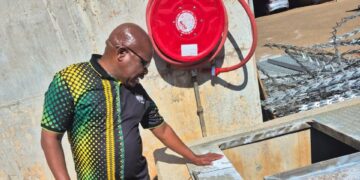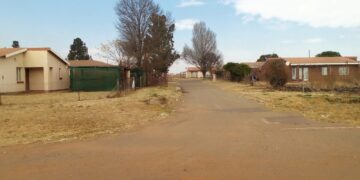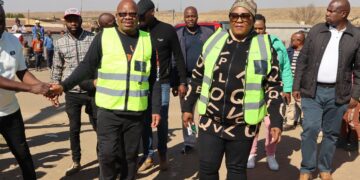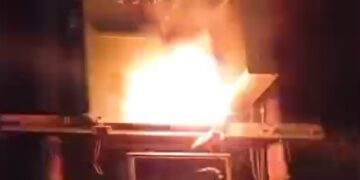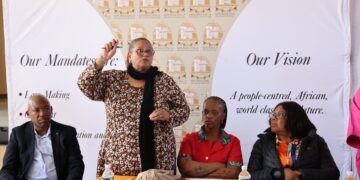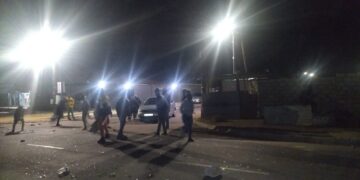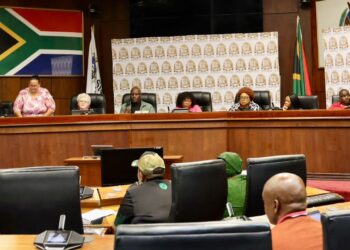During this period of self-isolation and quarantine it is essential to reflect on our human rights and the struggles that have brought the freedoms we enjoy today.
The story behind the Delmas Treason Trial Monument deserves remembering as we continue to reflect on the Human Rights Month which commenced on 21 March under the theme, “The year of unity, socio-economic renewal and nation-building”. Delmas is a historical town more so because of the Delmas Treason Trial Monument. The monument is built on the precinct of the Delmas Magistrate’s Court. The historical site has since been included as part of tourist operators’ routes and packages for both domestic and international tourists.
Twenty-two anti-apartheid activists were prosecuted for treason under the apartheid regime’s security laws with the intention of suppressing the United Democratic Front (UDF). The activists under trial included Reverend Frank Chikane, Mosiuoa Lekota and Popo Molefe also known as, “The Big Three”. Eleven of the accused activists were found guilty and given some of the sentences were up to eleven years. Just before the verdict, a white supremacist Barend Strydom went on a shooting spree in the Delmas Magistrate Court square. He was later arrested. The trialists’ sentences were overturned in 1989 after an appeal to the Supreme Court of Appeal.
The symbolism behind the Delmas Treason Trial Monument is unity and actions towards a common purpose in our society. The monument celebrates the role played by the ‘captives’ and the locals during the liberation struggle. The monument was named so because it was headed in the town of Delmas for the first eighteen months of the struggle’s commencement. The trial is still one of the longest-running political trials in South African legal history. The treason trial started on 16 October 1985 and ended on 8 December 1988. Over the years the monument has become an honour to the memory of the trialists and the unity they had during the struggle. The monument from time to time receives a significant proportion of the province’s totals of tourists visiting the country.
The monument seeks to educate the locals and the rest of South Africa about the history of the country and the contribution that the Delmas locals made in the attainment of freedom and democracy in the country. The monument has now become a place of commemoration as it represents unity and the triumph against the apartheid regime by a generation of heroes and heroines who played an important role in the liberation struggle. The monument is easily accessible especially for Delmas locals; it is located at entrance of the Delmas Magistrate Court.



